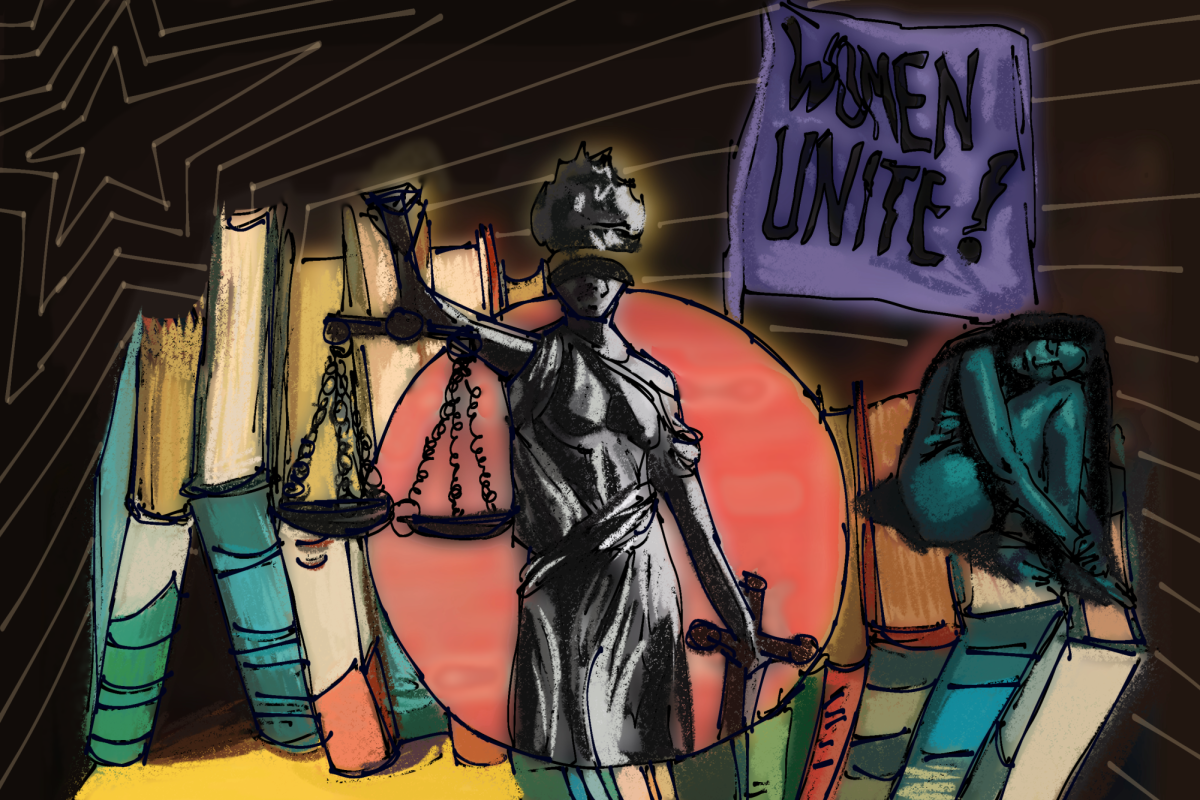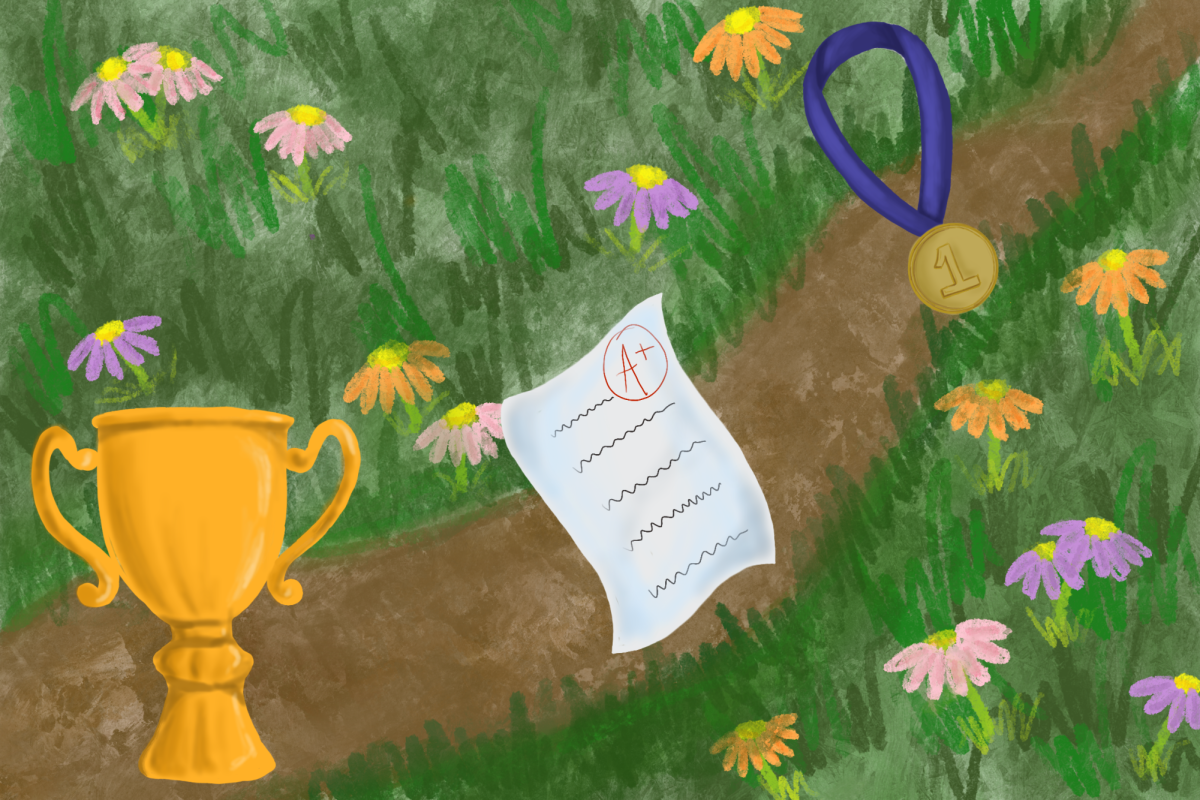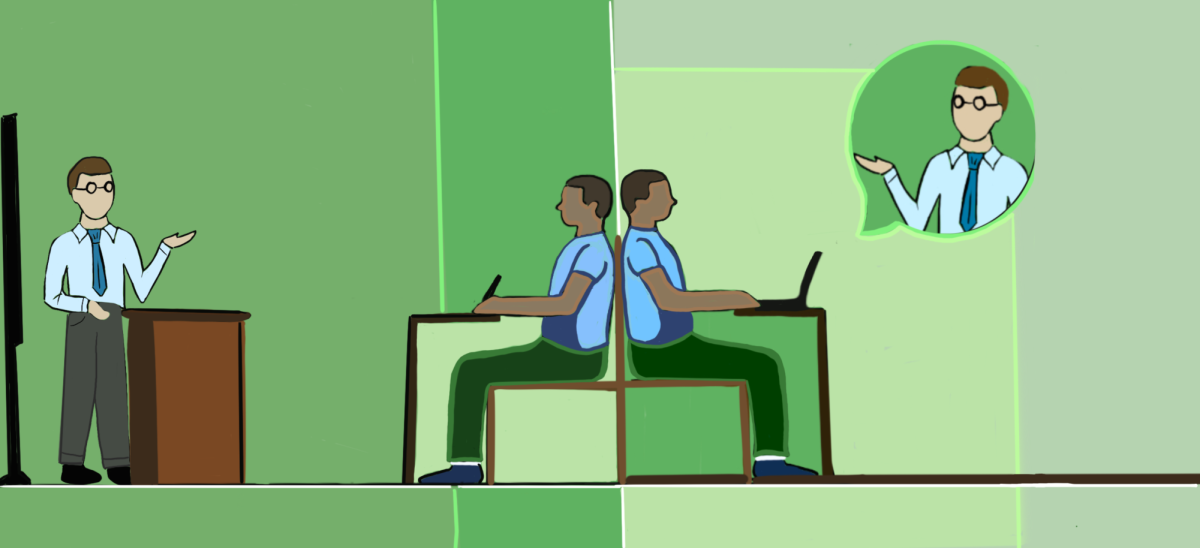Oct. 11 was National Coming Out Day. The fact that National Coming Out Day is a recognized holiday, and the cyber-buzz it received online capture what it’s like to come out in the 21-st century. Now more than ever, coming out is widely regarded as something worth celebrating. Some people’s excitement even reaches a level of aggressive acceptance, evidenced by the call re-posted online throughout the day encouraging people to “come out, come out, wherever you are.”
Yes, gay and lesbian youth live in an increasingly accepting world. But modernity and cyberspace bring their own complications. Last fall, two UT students were outed against their will when the president of the Queer Chorus, A LGBTQ choral group, added the students to its Facebook group. That online action automatically sent a public update to their roster of Facebook friends. The students, who had selectively come out to friends but not to family members, faced censure from their fathers.
Another contemporary reality is the tendency for gay and lesbian youth to come out at a younger age. John Schwartz, a UT alumnus and former editor of this newspaper, writes about this topic in his forthcoming memoir, “Oddly Normal,” which will be published Nov. 8. Schwartz will be speaking at the Texas Book Festival this weekend. The book focuses on his son Joseph, who came out at age 13 and tried to commit suicide shortly after. Schwartz writes a poignant and well-documented account of what it meant to be a father who had tried all he could to make his son feel comfortable, but still came terrifyingly close to losing him.
Joseph’s story, which includes struggles with his teachers and near suicide, is not one all gay and lesbian youth share. But Schwartz, by telling his son’s story alongside those he collected as a reporter, conveys the fact that a more accepting society does not mean coming out in the twenty-first century is a cake walk.
Schwartz discusses the minority stress model of Ilan H. Meyer, a professor at UCLA’s law school who served as an expert witness in the case that overturned California’s Proposition 8. The model, which states that sexual minorities face stressors that over time are detrimental to health, demonstrates the problems that all queer people face: being “out” in a heteronormative society is difficult, but remaining closeted is itself a torment. It raises interesting questions about when the “appropriate” age to come out should be. Once out, queer youth face bullying and other challenges at school, but to many, living a lie hardly seems preferable. And coming out isn’t a decision you can try out and then redact. As Schwartz says, “That toothpaste’s not going back in the tube.”
For the lesbian and gay community, the book is a huge success. Anyone who has come out will find the story touching and somewhat relatable. More imperative, however, is that straight people read this book. All parents stand to learn something from stories like Schwartz’s, regardless of how well intentioned they are in raising gay children. Schwartz made sure a heterogenous group of homo voices would be available to his son as he grew older, a so-called “League of Gay Uncles.” I wish I had grown up with one of those.
My own parents, who are completely accepting of my sexuality and staunch supporters of the gay rights movement, did little to make this obvious to me as a child. My perceptions of other gay men were largely limited to my family’s speculation about various gender-nonconforming boys they knew. I remember locking myself in the bathroom, trying to perfect my “straight” man gait, after my mother had remarked, “You can just tell by the way they walk. Gay men typically don’t know how to carry their own bodies.” She would later tell me she had no idea about my sexuality growing up, that she loves me very much, and that she deeply regrets such statements.
As popular perception of queer people evolves, the act of coming out will continue to be met with more widespread acceptance, but parents shouldn’t take that as justification to be complacent.
A more informed generation of families will help turn the infamous closet of torment and skeletons into a fabulous tunnel, complete with a warm and welcoming light at the end.
Walters is a Plan II junior from Houston.

















